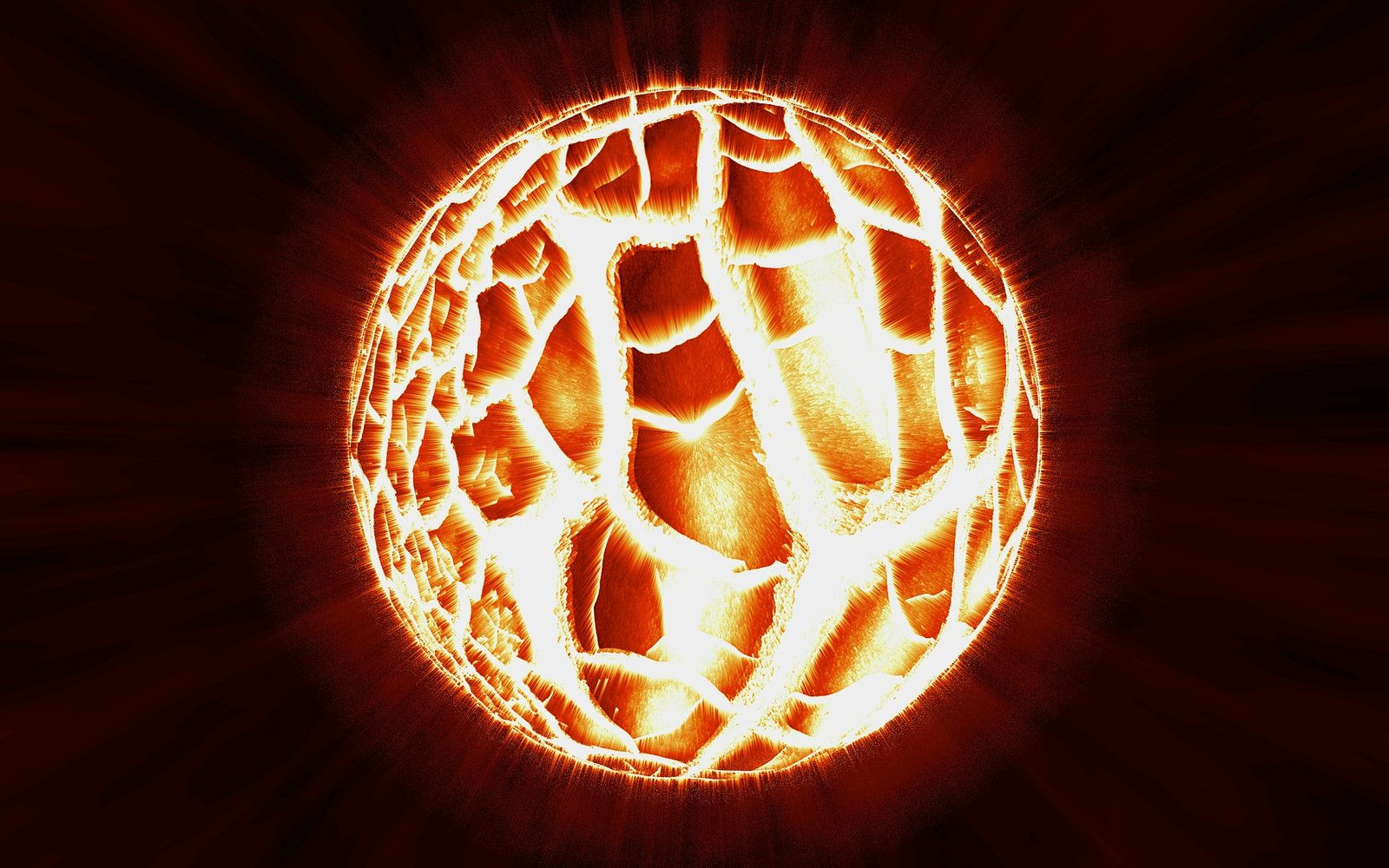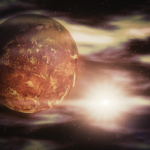
It was the first time that telescopes on the ground were able to see the death throes of a red supergiant star in real-time. Before astronomers saw this, they thought red supergiants were quiet before they burst into a supernova or turned into a dense neutron star. Instead, scientists watched the star go out in a dramatic way before it went out in a type II supernova. When a huge star burns through its hydrogen, helium, and other core elements, it quickly collapses and explodes in a huge blast.
Only the star’s iron is left. Iron can’t fuse, so the star will run out of power once it starts running out of helium and hydrogen. A supernova happens as a result of this as the iron starts to collapse.
“Direct detection of pre-supernova activity in a red supergiant star has never been observed before in an ordinary type II supernova. For the first time, we watched a red supergiant star explode.” The author Wynn Jacobson-Galán said.
Another author mentioned that “We’ve never confirmed such violent activity in a dying red supergiant star where we see it produce such a luminous emission, then collapse and combust, until now.”
The Astronomers were initially made aware of the star 130 days prior to it going supernova.
In a separate study it has also been found that life on Earth and supernovae are linked in a very special way, through the effect of cosmic rays on clouds and climate. This study shows that the Earth’s climate changes when the strength of cosmic rays changes. On geological time scales, the number of supernovae can change by several hundred percent, and the climate changes that happen as a result are big. Henrik Svensmark, the author of this study stated:
“A fascinating consequence is that moving organic matter to sediments is indirectly the source of oxygen. Photosynthesis produces oxygen and sugar from light, water and CO2. However, if organic material is not moved into sediments, oxygen and organic matter become CO2 and water. The burial of organic material prevents this reverse reaction. Therefore, supernovae indirectly control oxygen production, and oxygen is the foundation of all complex life,”



